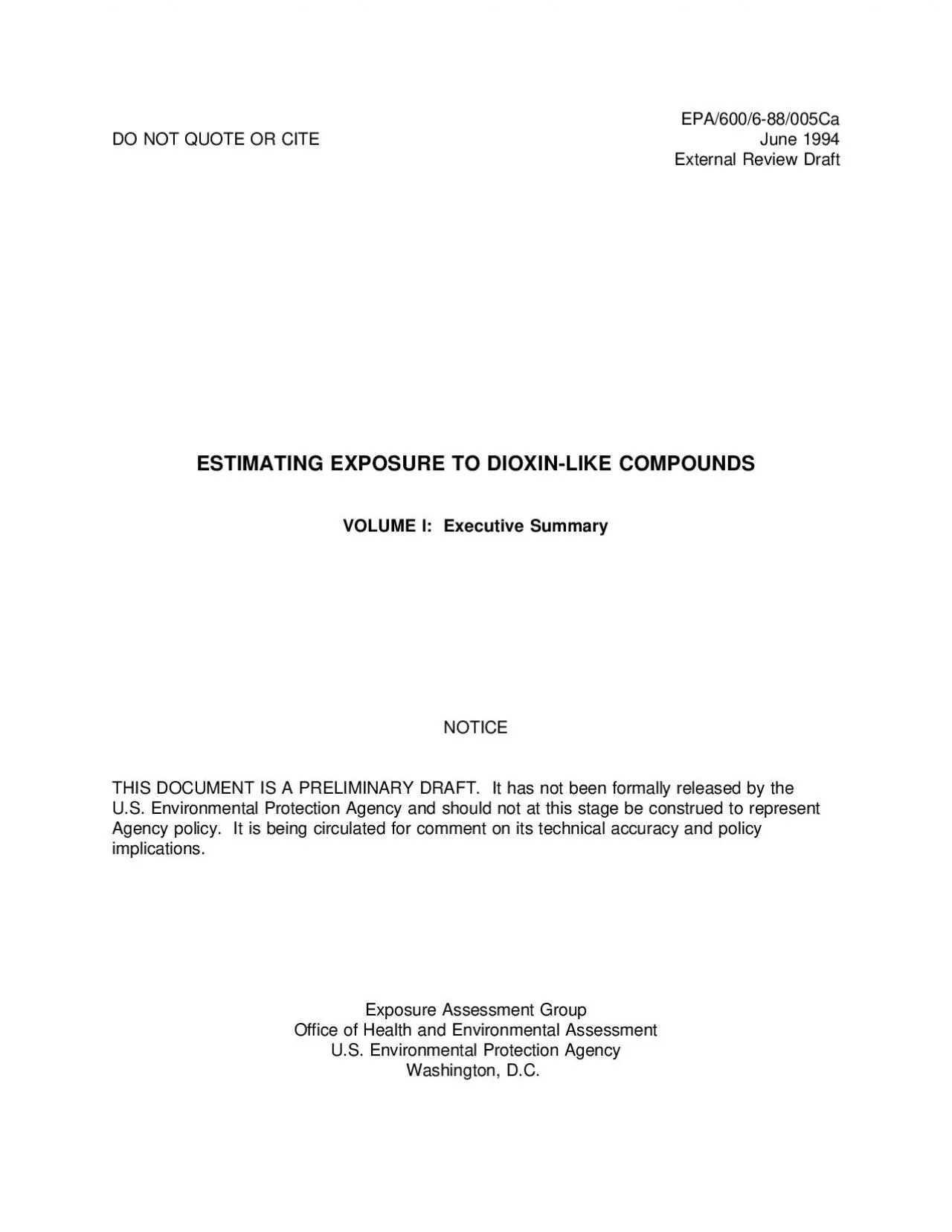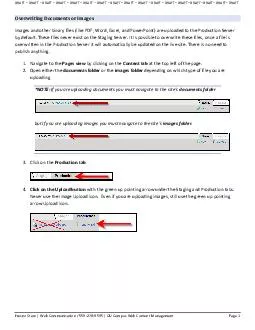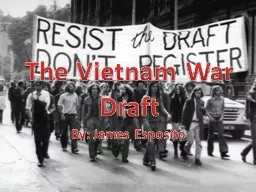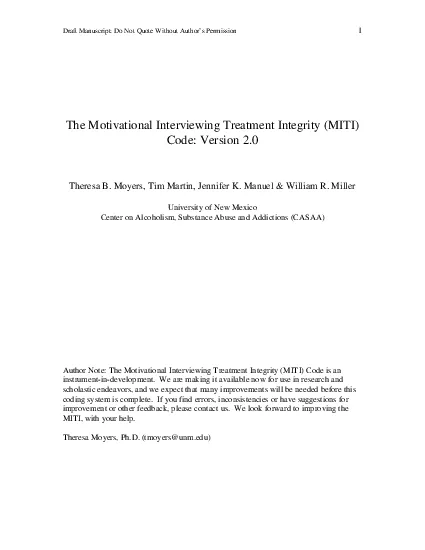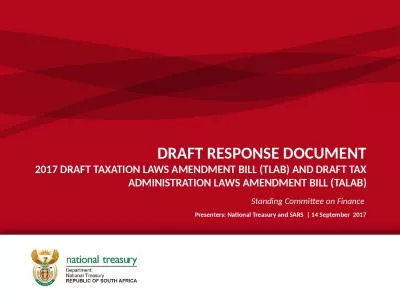PDF-EPA600688005CaDO NOT QUOTE OR CITEJune 1994External Review Draft
Author : luna | Published Date : 2022-09-05
ESTIMATING EXPOSURE TO DIOXINLIKE COMPOUNDS VOLUME I Executive SummaryNOTICETHIS DOCUMENT IS A PRELIMINARY DRAFT It has not been formally released by theUS Environmental
Presentation Embed Code
Download Presentation
Download Presentation The PPT/PDF document "EPA600688005CaDO NOT QUOTE OR CITEJune 1..." is the property of its rightful owner. Permission is granted to download and print the materials on this website for personal, non-commercial use only, and to display it on your personal computer provided you do not modify the materials and that you retain all copyright notices contained in the materials. By downloading content from our website, you accept the terms of this agreement.
EPA600688005CaDO NOT QUOTE OR CITEJune 1994External Review Draft: Transcript
Download Rules Of Document
"EPA600688005CaDO NOT QUOTE OR CITEJune 1994External Review Draft"The content belongs to its owner. You may download and print it for personal use, without modification, and keep all copyright notices. By downloading, you agree to these terms.
Related Documents

